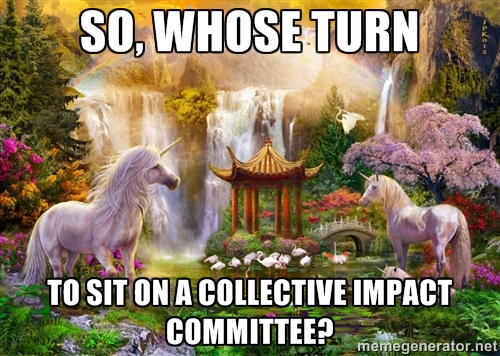 My organization, Rainier Valley Corps, just finished our first program year (yay!). In case you didn’t know, RVC’s flagship program is a fellowship where we find talented leaders of color, provide them with training and support, and have them work full-time at small, grassroots organizations led by communities of color. The fellows help the organizations build capacity and run programs while gaining critical leadership and nonprofit management skills.
My organization, Rainier Valley Corps, just finished our first program year (yay!). In case you didn’t know, RVC’s flagship program is a fellowship where we find talented leaders of color, provide them with training and support, and have them work full-time at small, grassroots organizations led by communities of color. The fellows help the organizations build capacity and run programs while gaining critical leadership and nonprofit management skills.
This year, our ten brilliant fellows have:
- coordinated protests against unfair labor laws;
- furthered the work to create an economic zone that provides employment and entrepreneurial support to people of color;
- organized discussions on racial equity and dynamics in light of the national tragedies;
- planned and implemented extended-learning programs for low-income youth;
- surveyed over 650 parents of color regarding their views and needs on education
- wrote successful grant proposals, coordinated board retreats, planned events, managed community centers, did a million other things,
- sang a lot of karaoke,
- and generally made our community better, safer, and way more awesome


 A few weeks ago, a fellow Executive Director of color and a friend of mine, “Maria,” was nearly in tears after failing for a second time to get a small grant. She doesn’t drink, or else I would have offered access to the personal minibar that I keep in my office. A shot of Wild Turkey and a brisk walk always cheer me up after a grant rejection.
A few weeks ago, a fellow Executive Director of color and a friend of mine, “Maria,” was nearly in tears after failing for a second time to get a small grant. She doesn’t drink, or else I would have offered access to the personal minibar that I keep in my office. A shot of Wild Turkey and a brisk walk always cheer me up after a grant rejection.

